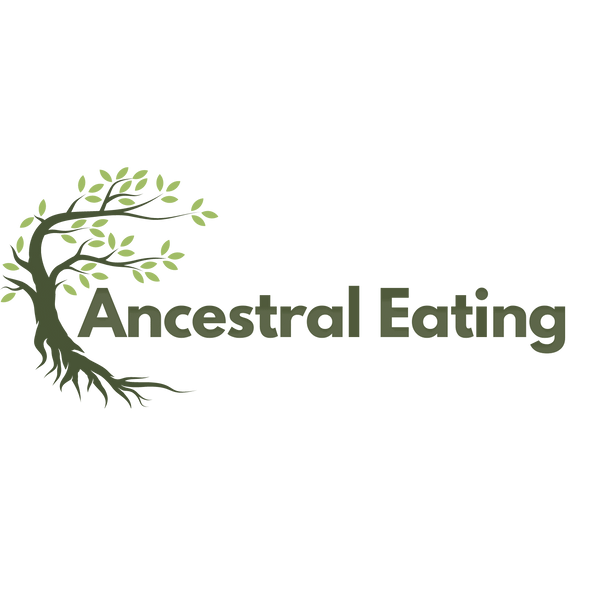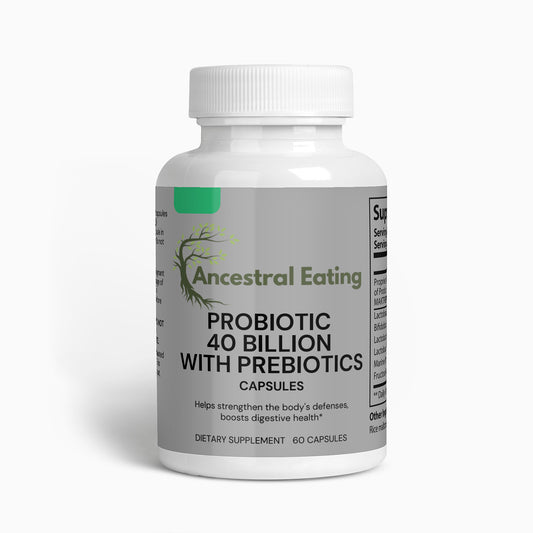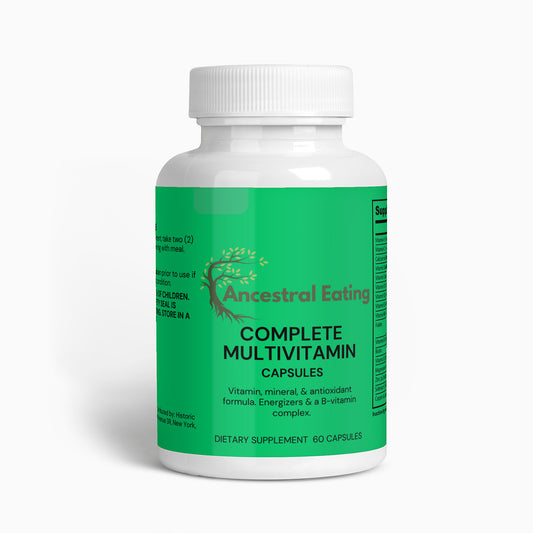The food culture in Guatemala is a rich blend of indigenous Mayan traditions and Spanish influences, with contributions from other cuisines as well. Over the past 500 years, some staple foods and culinary traditions have remained consistent, while others have evolved or been introduced.
Staples:
- Corn (Maize): A central ingredient in Guatemalan cuisine, used in a variety of forms such as tortillas, tamales, and "atol" (a type of corn drink).
- Beans: Another staple, often served with rice or corn products.
- Rice: Frequently served as a side dish and sometimes mixed with vegetables or meat.
Proteins:
- Chicken: One of the most common meats, often prepared in stews or grilled.
- Pork: Also popular, used in various dishes including tamales.
- Fish and Seafood: More common in coastal areas, typically grilled or served in soups.
- Eggs: Often served scrambled with tomatoes and onions ("huevos a la Mexicana") or in other forms.
Vegetables and Fruits:
- Tomatoes, Onions, and Bell Peppers: Often used in stews and sauces.
- Avocado: Served as a side or in salads and sauces.
- Fruits: Bananas, plantains, mangoes, and various types of melons and citrus fruits are commonly consumed.
Spices and Condiments:
- Chilies: A variety of hot peppers are used to spice up dishes.
- Cilantro and Parsley: Commonly used herbs.
- Recado: A spice blend that typically includes achiote, cloves, and other spices, often used in traditional stews.
Traditional Dishes:
- Pepián: A rich stew often made with chicken, beef, or pork and flavored with roasted seeds and spices.
- Tamales: Corn dough filled with meats or beans and steamed in corn husks or banana leaves.
- Kaq'ik: A traditional turkey soup spiced with coriander, achiote, and chilies.
- Chiles Rellenos: Bell peppers stuffed with meat and vegetables, then battered and fried.
Beverages:
- Atol: A warm, corn-based beverage.
- Coffee: Guatemala is known for its high-quality coffee.
- Horchata: A sweet rice milk beverage flavored with cinnamon and sometimes vanilla.
Modern Influences:
- Bread and Pastries: Influenced by Spanish and French cooking.
- Fast Food and International Cuisine: In urban areas, fast food and cuisines from around the world are becoming more accessible.
Historical Influences:
- Mayan Influence: The Mayan civilization, one of the most advanced indigenous cultures in the Americas, has a profound impact on Guatemalan food, particularly the use of corn and beans.
- Spanish Influence: With the arrival of the Spanish in the 16th century, new foods like rice, wheat, and meats were introduced, enriching the culinary landscape.
The diet in Guatemala has seen influences from various cultures over time but remains rooted in its Mayan heritage, particularly the core staples of corn and beans. In recent times, globalization has brought more diversity to the Guatemalan diet, especially in urban areas.






